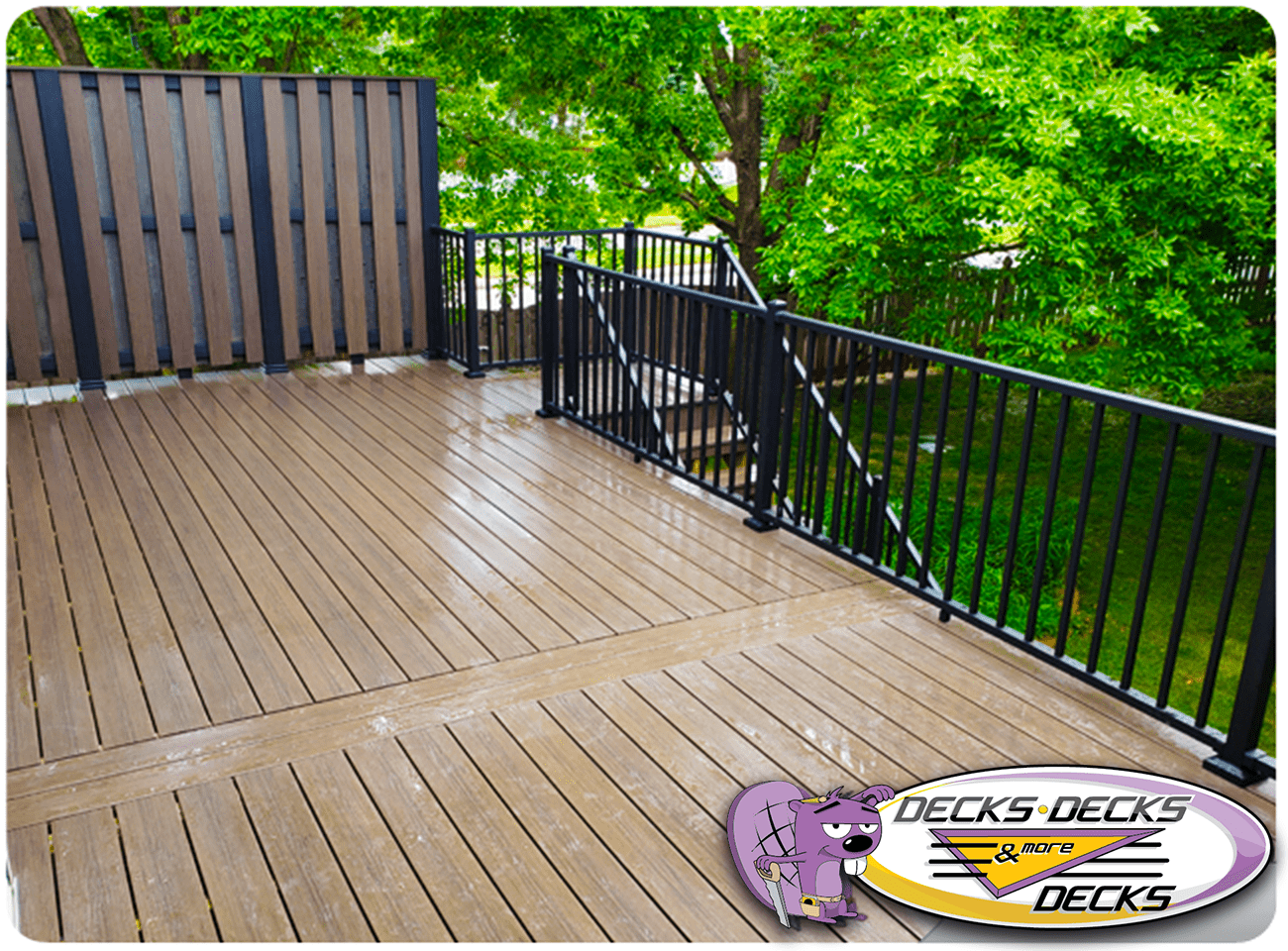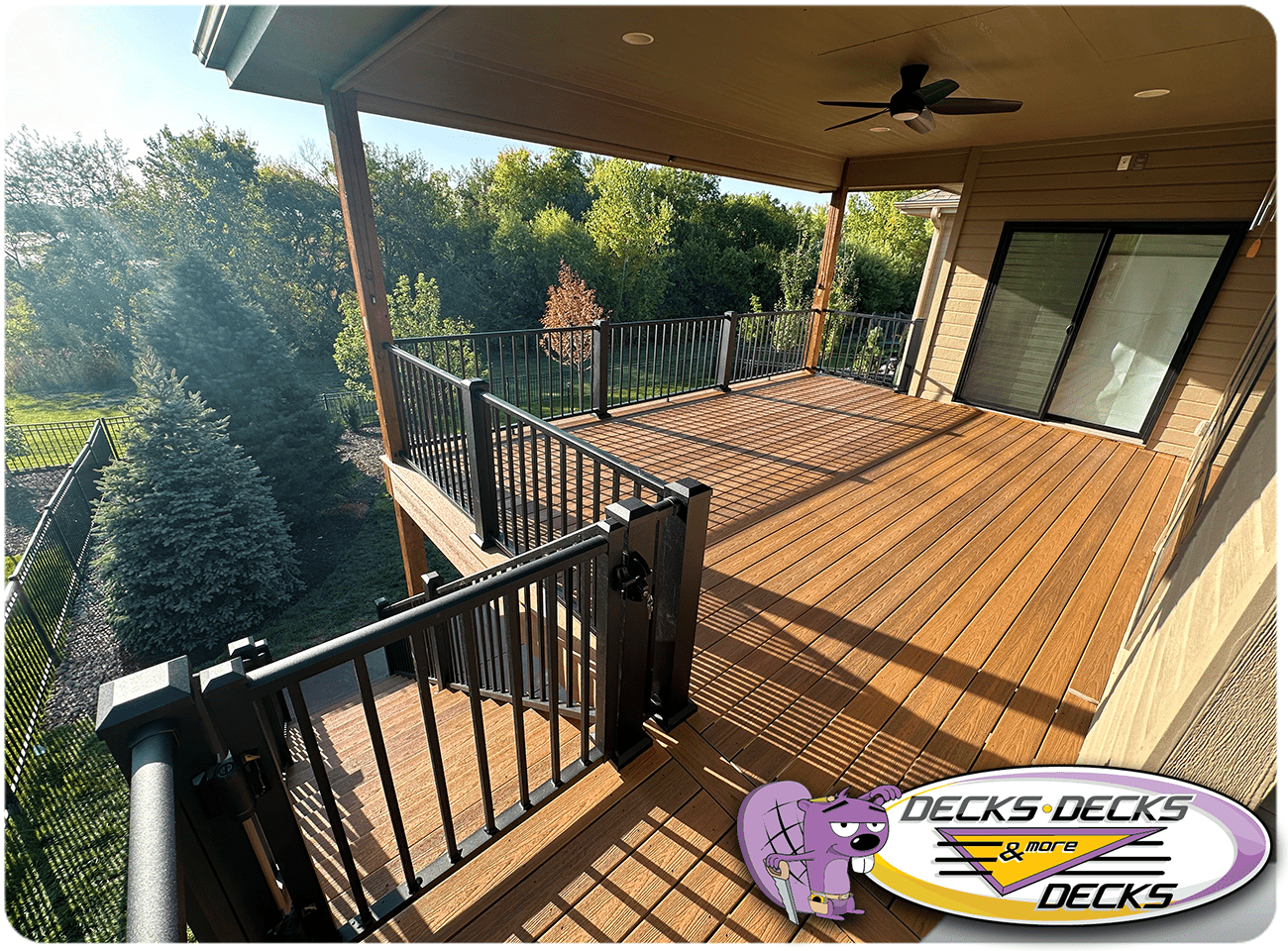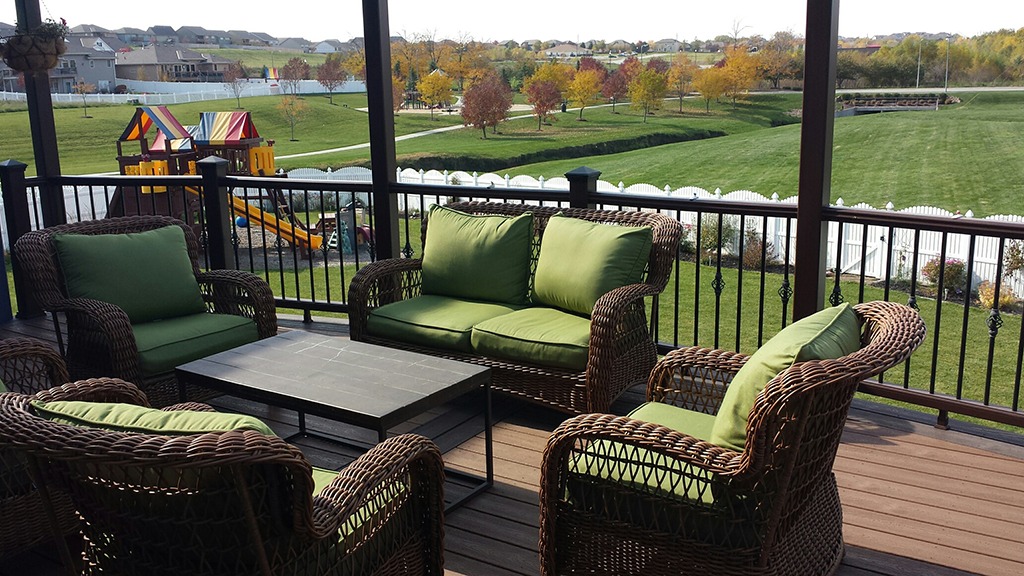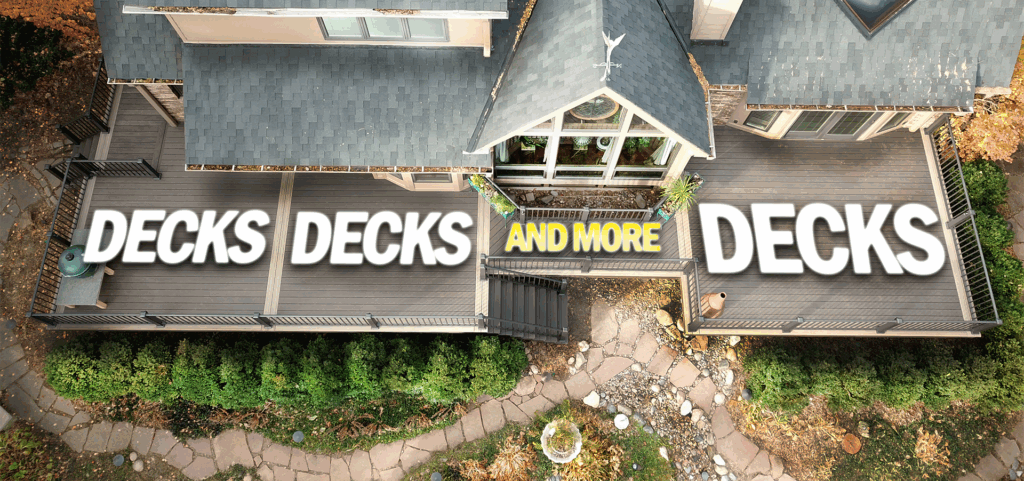Deck Furniture That Spices Up Your Outdoor Space
Your deck might be built to perfection, but if it’s just wood and railings? It’s missing something. The secret sauce to turning a good deck into a great hangout is simple: furniture. And not just any furniture—we’re talking cozy, eye-catching, personality-packed pieces that make people say wow the second they step outside.
1. Mix Materials for Texture
Wicker, wood, metal, and even concrete furniture pieces can play well together. A modern metal dining set with a rustic wooden coffee table? That contrast creates depth and character without looking like a patio furniture showroom.
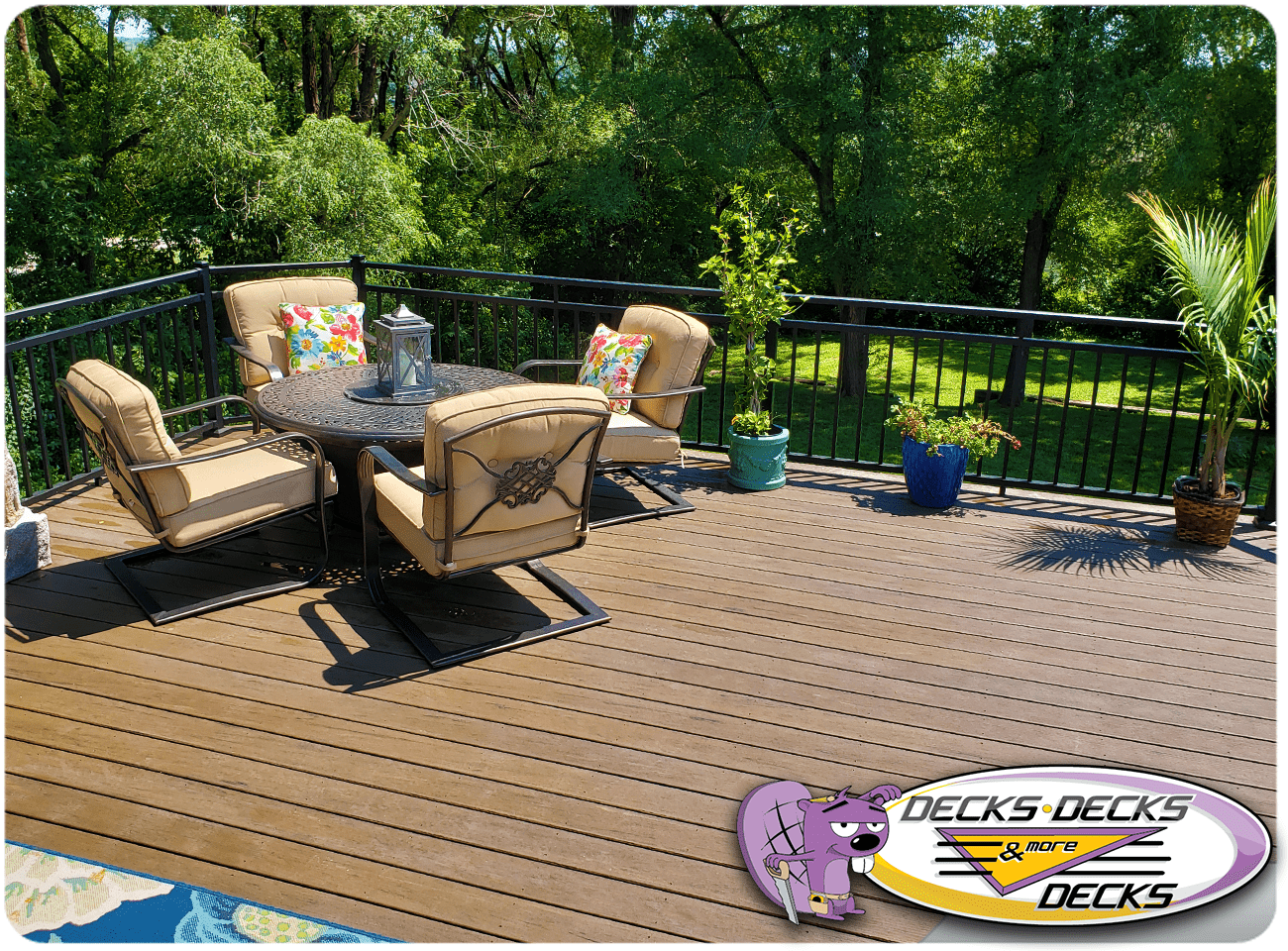
2. Color Is Your Friend
Too much beige can suck the life out of a space. Try cushions in bold hues, patterned rugs made for the outdoors, or even bright Adirondack chairs. A splash of teal, burnt orange, or sunshine yellow can make your deck pop—without repainting the whole thing.
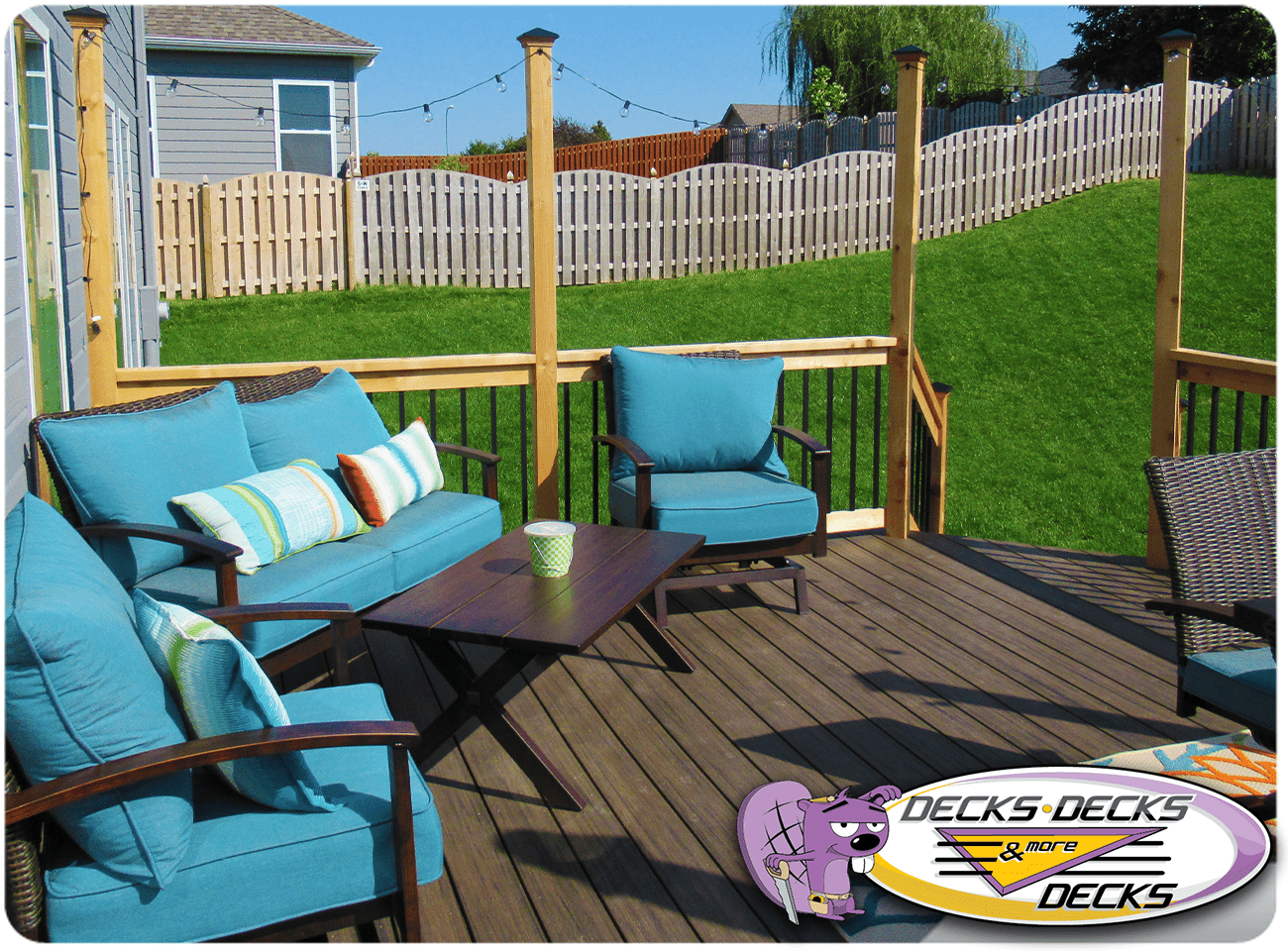
3. Layer It Up Like a Pro
Think of your deck like a living room. That means layering with purpose: outdoor rugs, side tables, lanterns, poufs, and throw pillows that stand up to the weather. It doesn’t just look better—it feels better.
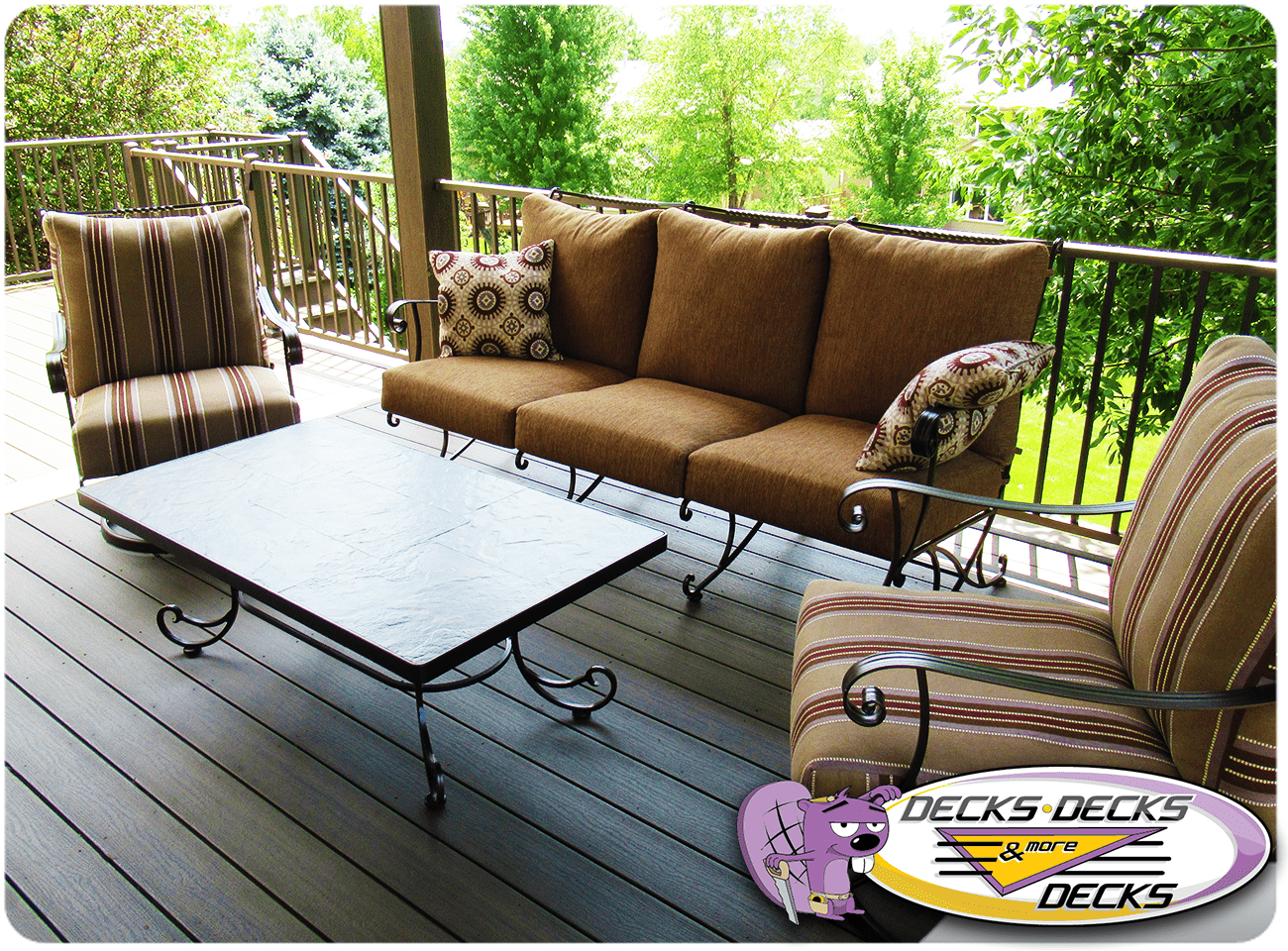
4. Add One Conversation Piece
Whether it’s a hanging egg chair, a retro drink cart, or a fire pit coffee table, give people something to gather around (and talk about). It’ll instantly take your deck from “nice” to “let’s stay out here all night.”
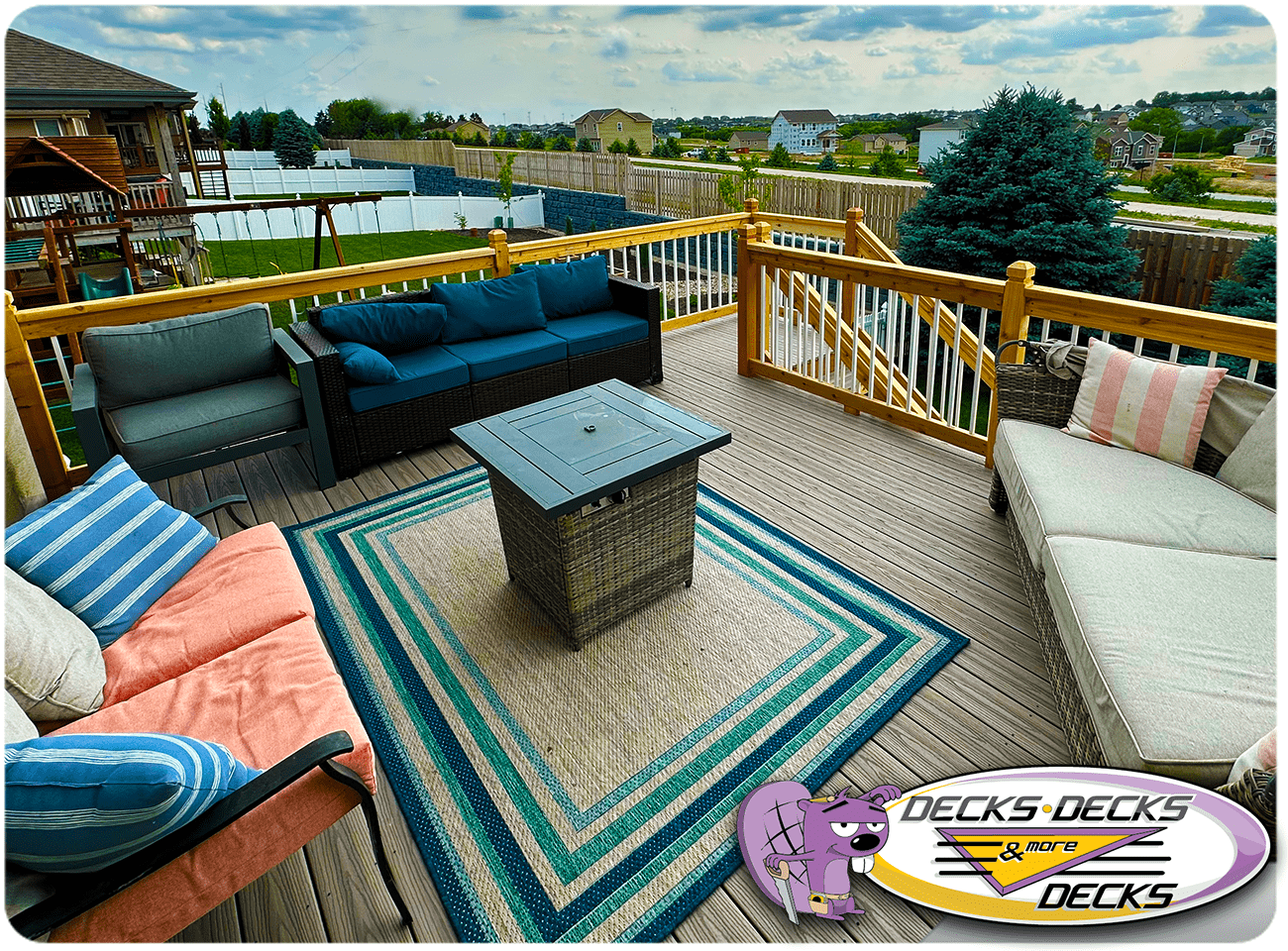
5. Don’t Forget About Lighting
Furniture doesn’t have to stop at chairs and tables. A sleek floor lamp or hanging string lights become part of the vibe. The goal? Set the mood from sunset to midnight snacks.
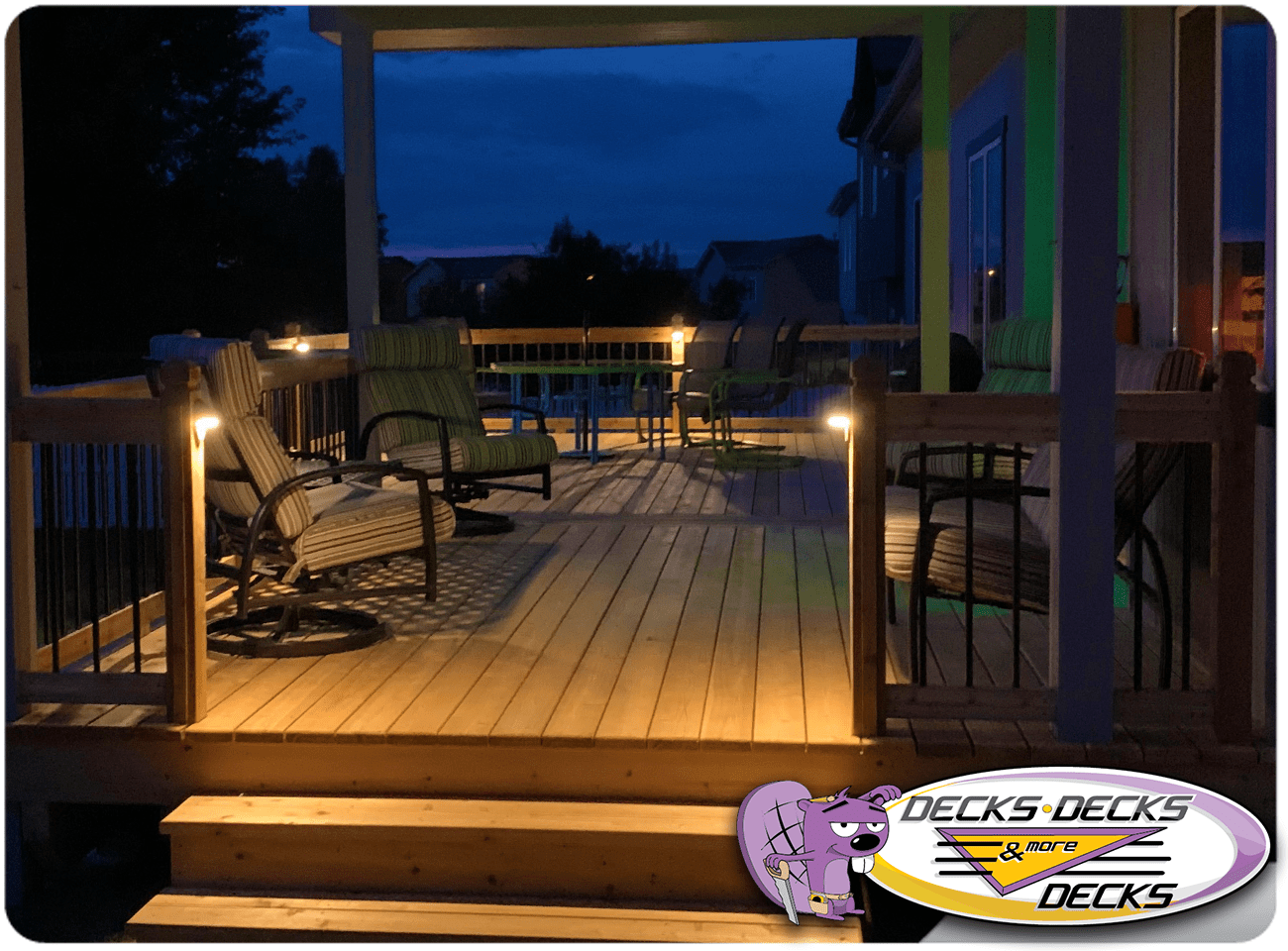
Final Thoughts
A beautiful deck is just the beginning. The right furniture turns it into a destination. So if your outdoor space feels a little underwhelming lately, skip the big renovations and start with a few fun, functional pieces. You’d be surprised how far a little style can go.
 free estimates: (402) 690-1050
free estimates: (402) 690-1050
